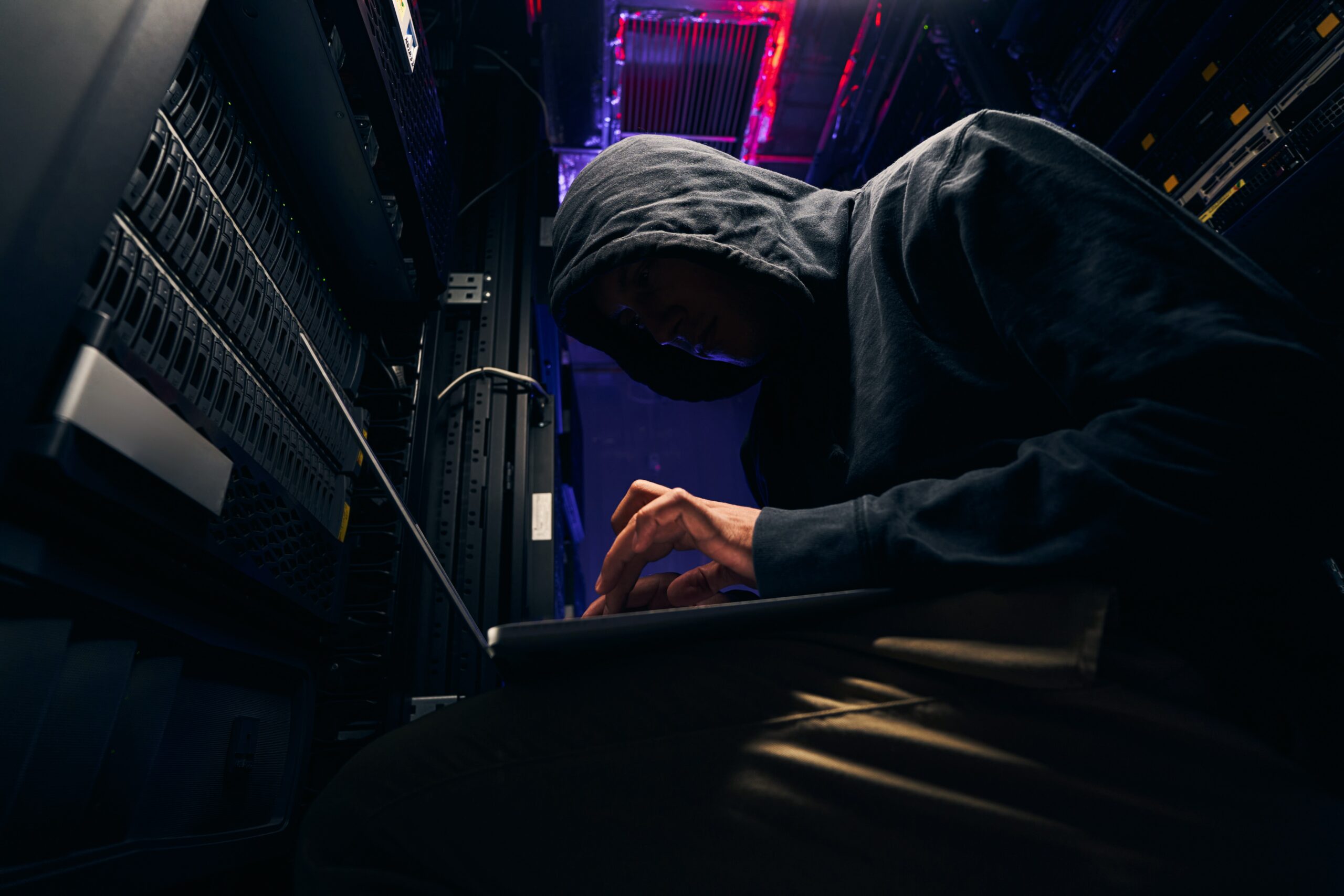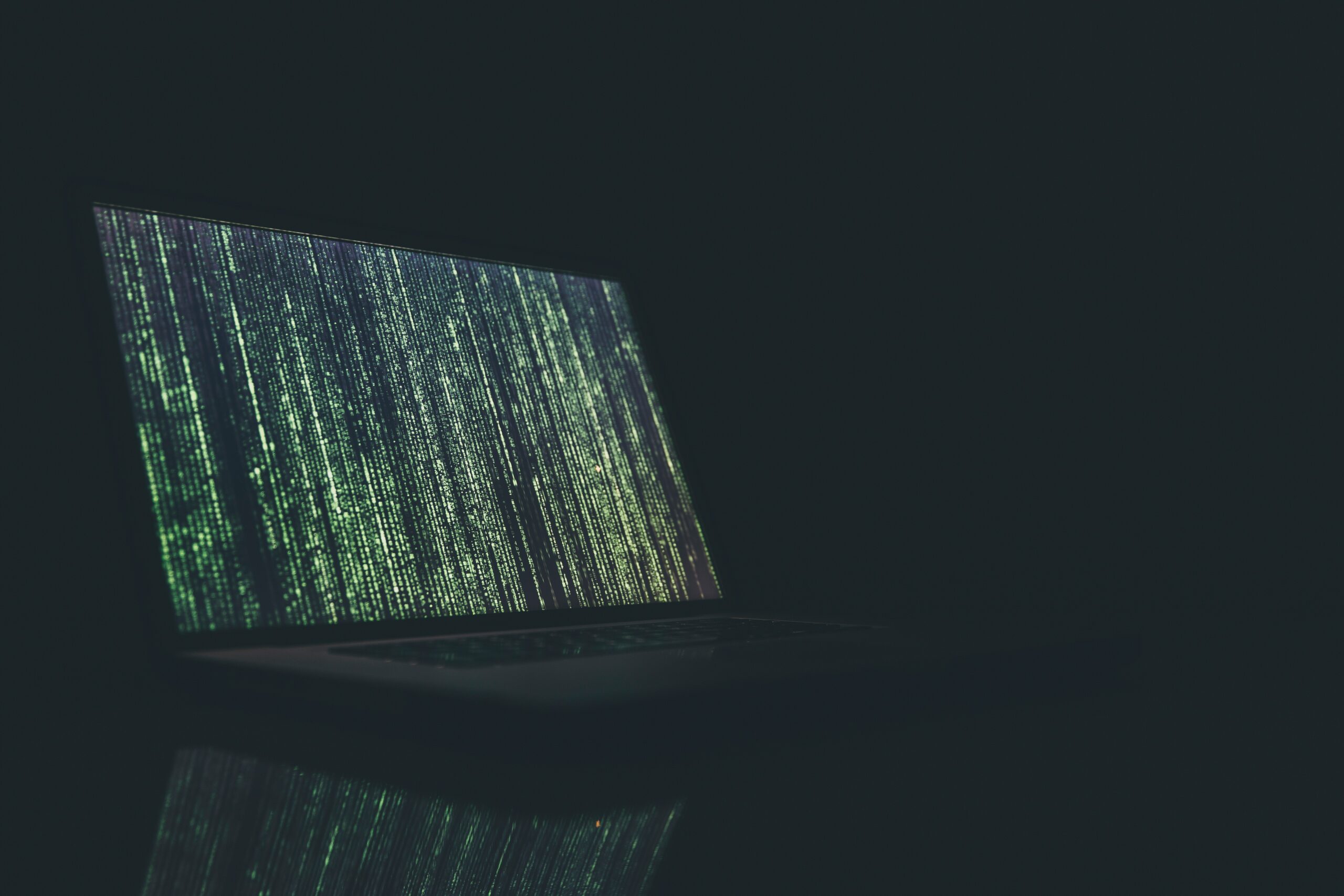Introduction: What to Do When I Receive a Phishing Email
In the realm of digital security, the unwelcome arrival of a phishing email demands immediate attention. At K3 Technology, we understand the critical need for swift and informed action.
When confronted with a suspicious email, it’s imperative to resist the urge to click on any links or download attachments. Instead, verify the sender’s authenticity through a separate communication channel. Strengthen your defenses by embracing two-factor authentication and keeping your software updated.
In this blog, we’ll delve into these aforementioned actionable steps to fortify your online security against phishing threats.

What is Phishing?
Phishing, in the digital landscape, is a deceptive practice where cybercriminals masquerade as trustworthy entities to trick individuals into revealing sensitive information. These fraudulent emails often appear genuine, aiming to lure recipients into clicking malicious links or sharing confidential data.
Falling victim to phishing threats can result in compromised personal and financial information. The dangers lie in identity theft, financial loss, and unauthorized access to sensitive data. Vigilance is paramount—recognizing and appropriately responding to phishing attempts is crucial in safeguarding against potential cyber threats.
Stay informed and take proactive measures to fortify your online defenses.

Common Phishing Scams
Phishing scams, a pervasive threat in the digital landscape, demand heightened awareness. K3 Technology emphasizes vigilance against common schemes, such as deceptive emails posing as reputable entities, urging recipients to divulge sensitive information.
Another prevalent tactic involves fake login pages mimicking legitimate websites to harvest login credentials. These scams often employ urgent language, creating a sense of emergency to prompt swift actions. Additionally, malicious attachments and links embedded in emails can unleash harmful malware upon unsuspecting users.
As your trusted IT services provider, K3 Technology is dedicated to fortifying your digital defenses against evolving phishing scams.

What to Do When I Receive Phishing Email: Recognizing Signs of a Scam
Recognizing phishing emails is paramount for online security. At K3 Technology, we stress the importance of vigilance in identifying common characteristics of these deceptive messages.
Such emails often exhibit signs such as generic greetings, spelling and grammar errors, and unexpected attachments or links. Cybercriminals frequently impersonate reputable entities, urging urgent actions or claiming prize winnings. Stay cautious of unsolicited requests for personal information and scrutinize sender email addresses for anomalies.
Maintaining a keen eye for these red flags empowers individuals to thwart phishing attempts effectively. K3 Technology advocates for a proactive approach—educating users to discern these traits is crucial in bolstering the defenses against evolving cyber threats.

What to Do When I Receive Phishing Email: Verifying Email Legitimacy
Verifying email legitimacy is crucial in the face of phishing threats. That’s why at K3 Technology, we emphasize key practices to discern genuine communication. Firstly, scrutinize the sender’s email address, ensuring it aligns with the official domain of the purported organization.
Hover over links without clicking to preview the destination and assess its legitimacy. Legitimate emails from K3 Technology or other reputable sources will not request sensitive information or immediate action. When in doubt, contact K3 Technology directly to authenticate the email.
These practices empower users to navigate the digital landscape with heightened security awareness, fortifying defenses against phishing attempts.

What to Do When I Receive Phishing Email: Immediate Actions
Should you receive a phishing email, exercise immediate caution. At K3 Technology, we recommend refraining from clicking any links or opening attachments within the suspicious email.
Take proactive measures by reporting the incident to your email provider and, if applicable, to the organization the email claims to represent. Even if the email seems fraudulent, change passwords for any accounts where information may have been entered. This adds an extra layer of security.
Additionally, conduct a thorough malware scan on your computer to ensure no malicious software has infiltrated your system. Timely and decisive actions in response to phishing attempts are crucial to mitigating potential risks.

How to Strengthen Email Security
Securing your email is paramount in the digital age, and at K3 Technology, we emphasize proactive measures to fortify your defenses against phishing threats.
Implementing two-factor authentication (2FA) is a fundamental step, adding an extra layer of protection to your accounts. Regularly updating software and antivirus programs is equally crucial, as it ensures you have the latest security patches. These practices bolster your resilience against evolving cyber threats.
K3 Technology advocates for user empowerment through simple yet effective strategies, enhancing overall email security. By adopting these measures, you contribute to a robust defense against phishing attempts, safeguarding your online presence and sensitive information.

The Importance of Security Awareness Trainings
Security awareness training is a cornerstone of K3 Technology’s approach to mitigating the risks associated with phishing emails. It involves educating users on recognizing and responding to potential threats, ensuring a proactive defense against cyberattacks.
K3 Technology emphasizes the importance of regularly updating employees on evolving phishing tactics and the significance of cautious email behavior. These sessions instill a sense of responsibility among users, fostering a collective effort to maintain a secure digital environment.
By cultivating a culture of heightened security awareness, K3 Technology aims to empower individuals to play an active role in safeguarding against phishing attempts. Overall, this contributes to the resilience of our clients’ IT landscapes.
Frequently Asked Questions About Email Security
RELATED TO: “What to do when I receive phishing email”
How can I recognize a phishing email?
K3 Technology advises being wary of generic greetings, spelling errors, and unexpected attachments or links. Scrutinize sender email addresses for anomalies, especially in unsolicited requests.
Is changing passwords after a phishing attempt necessary?
Yes, changing passwords is a necessary step after a phishing attempt. Even if you believe the email is fake, altering passwords adds an extra layer of security. K3 Technology recommends regular password updates and employing strong, unique passwords for each account to mitigate potential risks.
How does securing my email contribute to overall online safety?
Securing your email, as advocated by K3 Technology, is a foundational step in protecting your online presence and sensitive information. It fortifies defenses against phishing attempts, contributing to a robust overall cybersecurity posture.
How often should I update my software and antivirus programs?
Regularly updating software and antivirus programs is vital. K3 advises keeping them up to date to ensure the latest security patches are applied, safeguarding your system against emerging threats.
A Recap on What to Do if You Receive a Phishing Email
Consider the following steps if you believe you may have received a phishing email:
- Sender Verification: Scrutinize sender email addresses, ensuring alignment with official domains.
- Hover over Links: Preview links without clicking to verify legitimacy.
- Content Analysis: Check for spelling errors, generic greetings, or urgent tones.
- Avoid Immediate Action: Legitimate emails won’t urgently request sensitive information or immediate actions.
- Contact K3 Technology: When in doubt, directly reach out to K3 Technology to authenticate emails.
Once you have established it is a phishing email, stick to the following steps:
- Refrain from Clicking: Avoid clicking on any links or opening attachments in the email.
- Report to K3 Technology: Report suspicious emails to K3 Technology for expert analysis.
- Password Change: Change passwords for any accounts entered in the email.
- Malware Scan: Conduct a computer scan for malware to ensure it’s not compromised.
These steps, part of K3 Technology’s proactive defense strategy, empower users to navigate the digital landscape securely, minimizing the risks associated with phishing attempts.

Conclusion: What to Do When I Receive Phishing Email
All in all, safeguarding against phishing emails requires proactive measures. By recognizing the common characteristics of phishing attempts and promptly responding with caution, individuals can thwart potential cyber threats.
Strengthening email security through practices like two-factor authentication and regular software updates adds an extra layer of defense. Our commitment to user empowerment and education is underscored by the importance of reporting phishing incidents promptly.
As we navigate the digital landscape, these actionable steps contribute to a resilient defense against evolving cyber threats. K3 Technology remains dedicated to fostering a secure online environment, empowering users to confidently navigate the complexities of the digital age.






